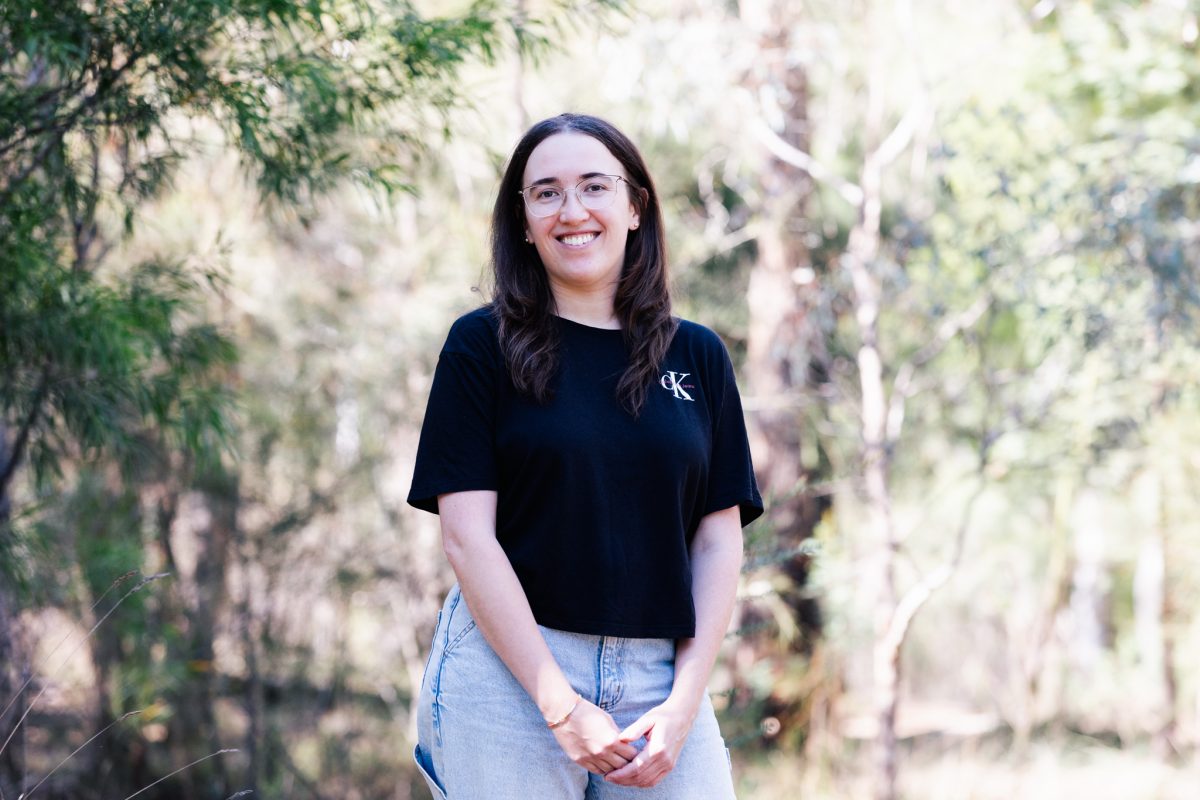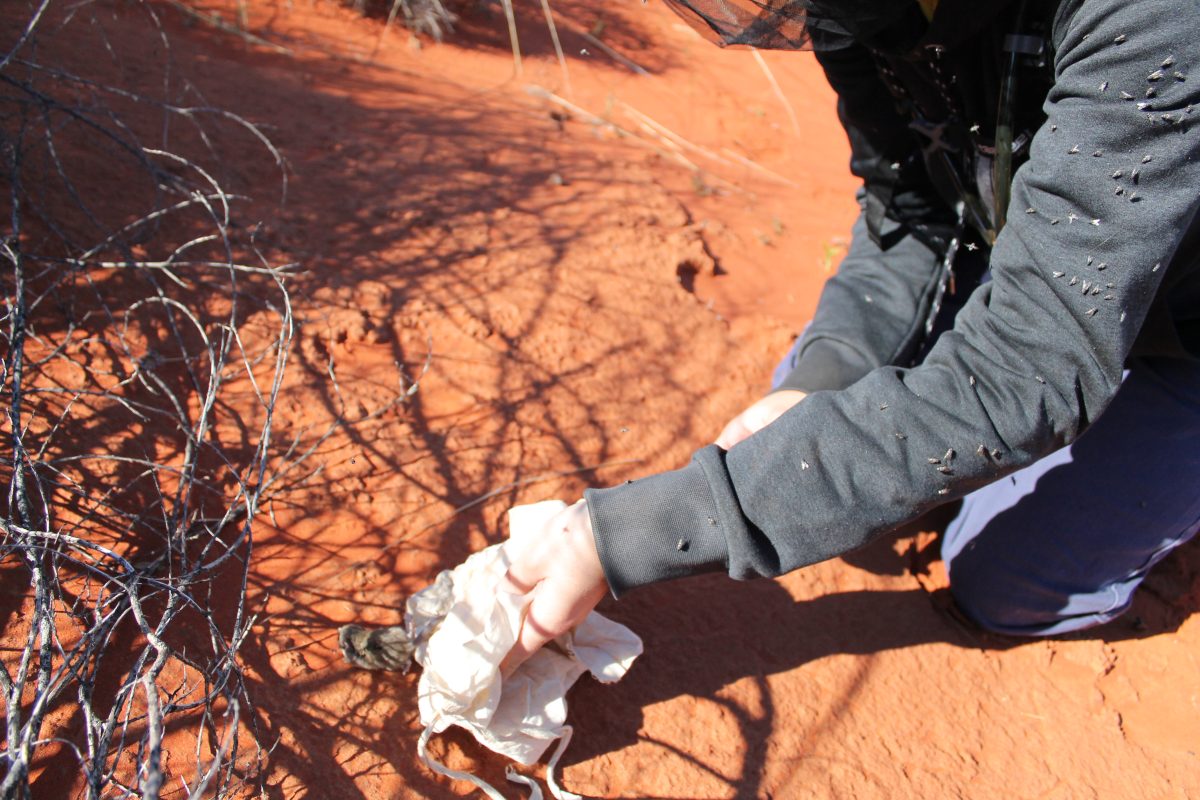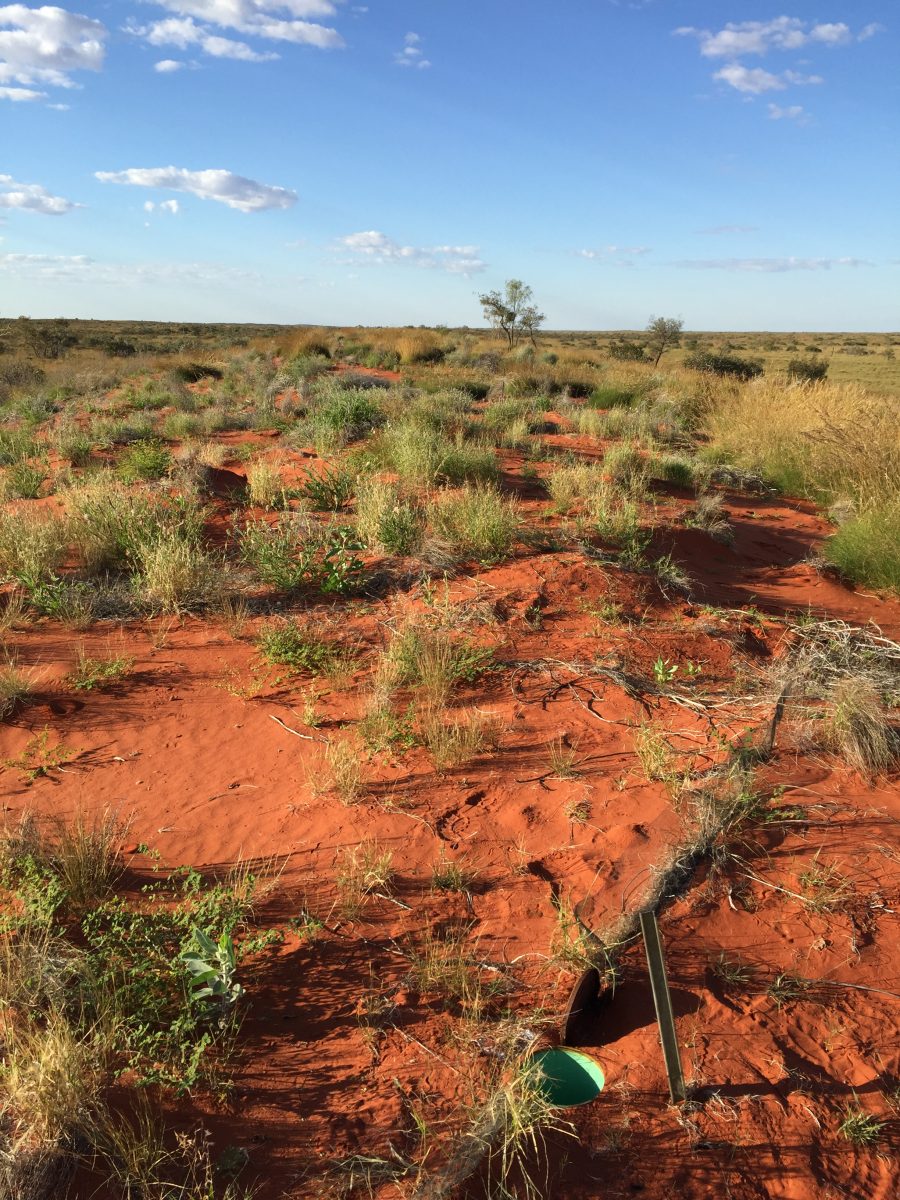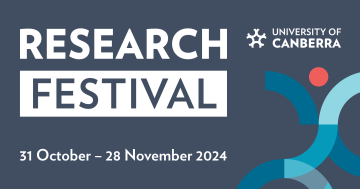
Research from the University of Canberra’s Emily Stringer has provided hope for species diversity in the face of climate change. Photo: Liam Budge.
In Australia’s Simpson Desert, life is lived against a backdrop of arid conditions interspersed with dramatic rainfall events.
“I know people often think of deserts as dry, but it’s possible to get stuck in a flood in one too,” says ecologist Emily Stringer, a PhD candidate at the University of Canberra, whose research has been focussing on genetic variation of two small mammal species in the Simpson Desert.
One of those mammals is the sandy inland mouse, a small rodent which experiences natural cycles of dramatic booms and large drops in population size driven by the variable weather conditions.
Emily has found this boom-bust cycle is key to maintaining its genetic diversity.
Genetic theory dictates that large population decreases will result in less genetic diversity. In turn, this will affect evolutionary potential.
But the sandy inland mouse gets around the loss of variation during busts by increasing its dispersal through the desert when populations are small and rapidly growing its population during the rare booms.
“The higher the genetic diversity a species has, the better its ability to adapt, especially in the face of climate change,” Emily says.
“So, it has been a great opportunity to see a species that goes through population crashes and still thrives.”

Emily Stringer releases a lesser hairy-footed dunnart in the red earth of the Simpson Desert. Photo: Lachlan Duncan.
The second species Emily has been researching is the lesser hairy-footed dunnart. In contrast to the mouse, this desert marsupial maintains both stable population sizes and genetic diversity levels.
“Both species have different approaches to maintaining genetic diversity so analysing these allows a better understanding of the nuances of the climate change and evolutionary issues we’ll be facing,” she says. “The research highlights that in natural systems, gene flow is a natural way to maintain genetic diversity.”
Emily’s research has been conducted in collaboration with the University of Sydney, under an Australian Research Council (ARC) Discovery Grant. Her work began with extracting and sequencing the DNA from the tissue samples collected by renowned ecologists Professor Christopher Dickman and Professor Glenda Wardle AM from the University of Sydney’s Desert Ecology Research Group.
“My PhD was based on getting the genetic markers which allow us to assess the genetic condition of the population we are studying,” she says. “This then helps us look for ways to help species with the necessary redistribution of genetic diversity, depending on their population dynamics.
“The cool thing about working in genetics is that often, you can learn a lot about a species with minimal intervention, without having to use highly invasive methods.”
For her research, she used pitfall traps for both species. The animals were weighed, with an ear clip for tracking provided to some, then released back into the same area they were found.

Emily uses pitfall traps which don’t injure the species she is studying. Photo: Lachlan Duncan.
A lifelong Canberran, Emily has always loved animals. With university on the horizon, her teenage dreams of being a vet transmuted into a desire to study environmental science at the University of Canberra.
“It was the big-picture approach – if you want to help animals, working to protect their habitats and the environment is a great way to do that,” she says.
“I started with a global focus – enticed by the big flagship species like tigers – but the more I learned about Australia’s amazing biodiversity, the more I wanted to have the skills to help conserve biodiversity wherever I end up.”
Plus, she balanced a love for being in the field with an innate interest in data analysis, which provides a niche research edge to any researcher.
“The world is an amazing place – and often it’s the data that will show you just how amazing,” Emily says.
Working on such a long temporal dataset has allowed her to track the relevant changes over time – bringing theoretical questions to life.
“My research has drawn on data from across 13 years, which tracked three population boom-and-bust cycles,” Emily says.
She says this is just the beginning, as temporal datasets are becoming more and more common.
“We’ll soon see more analyses of booms and busts, which will ultimately deepen our understanding of how these species are responding – and hopefully help us find ways to support them in the face of rapid environmental change.”












